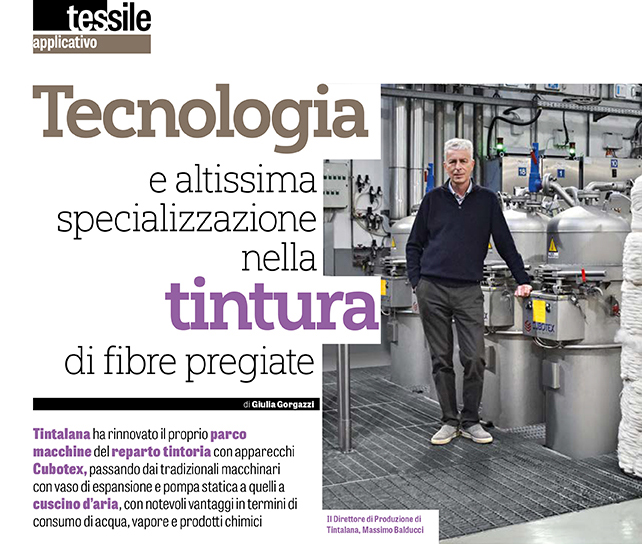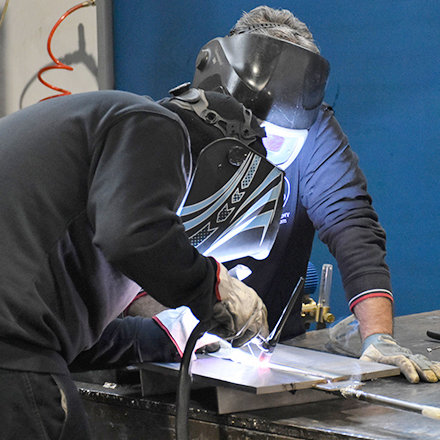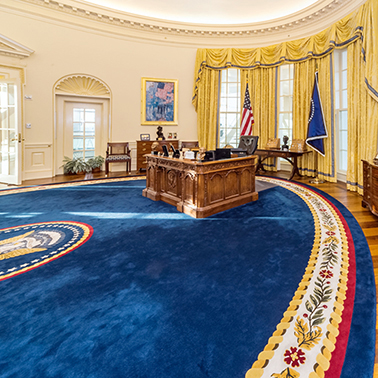Cubotex dyeing machines are actually employed for dyeing Kevlar yarn in one of our customers based in the USA. Kevlar is a wonder material, being it a synthetic high technology para-aramid fibre patented by DuPont in 1973 known as one of the world’s high-strength and toughest fabrics.
Invented by scientist Stephanie Kwolek at DuPont in 1965, Kevlar is a strong, durable and heat-resistant aramidic synthetic fibre notably known as the fiber that’s stronger than steel: in fact, tests show that Kevlar is 10 times stronger than steel on an equal-weight basis. Main characteristics of Kevlar include indeed high tensile strength-to-weight ratio, combined with low flammability, abrasion resistance, high melting point and low creep. Kevlar can also be reclaimed and repurposed, it is not skin irritant and non-respirable, even in shed fibres. The material is thermally resistant and doesn’t start decomposing until it reaches 500° C, but it also maintains its strength down to cryogenic temperatures of -196° C. Becoming in fact even slightly stronger as temperatures go down.
Woven into fabrics and garments, Kevlar yarn is employed in applications requiring high strength and/or fire retardant characteristics in a wide variety of segments, such as bullet-proof vests, manufacturing of gloves, sleeves, jackets and other articles of clothing aimed to protect users. The material is as well employed in ropes and cables, or for example in electronics as a protective outer sheath for optical fiber cables. Aramid fibre is even widely used for reinforcing composite materials, often in combination with carbon fiber and glass fiber, for applications in monocoque bodies of F1 racing cars, aerospace components, ships and sport equipments.
High strength of Kevlar comes from its molecular inter-chain bonds, and its strength and ballistic resistance properties further increase when it is woven into fabrics, becoming extraordinarily force-resistant and able to easily absorb and dissipate energy.
Cubotex has supplied dyeing machines for Kevlar dyeing and the complexity of dyeing this particular fibre with uniformity and proper fastness is very high.
The same properties that make Kevlar a high-strength and force-resistant fibre, make dyeing Kevlar in fact a hard task due to the high molecular crystallinity of Kevlar fibres with high intermolecular bonding forces.
Cubotex delivered the first machines for this purpose in 2018 and then the customer placed another order in 2019, demonstrating once again the reliability and quality of Cubotex machines. There are very few companies in the world capable to run this process and we are proud to be a supplier of one of those companies.
Kevlar bobbins are being processed in our TRO machines and Cubotex technology, along with the great experience of our customer in this field, permits to achieve perfect quality results even in dyeing one of the most difficult (probably the most critical) fibres to dye in bobbin form.








